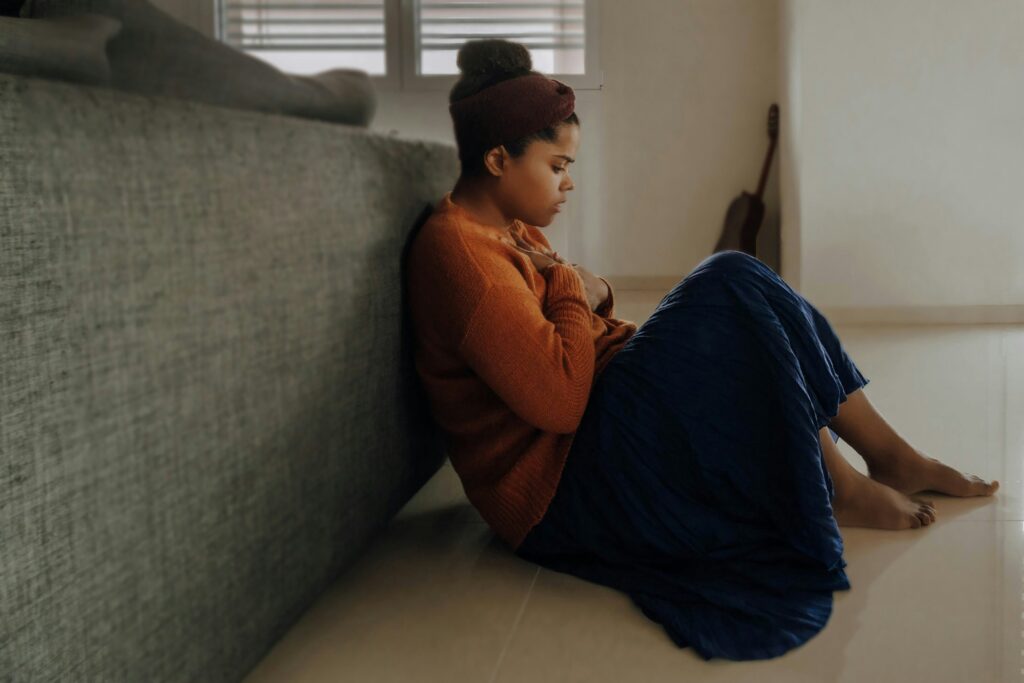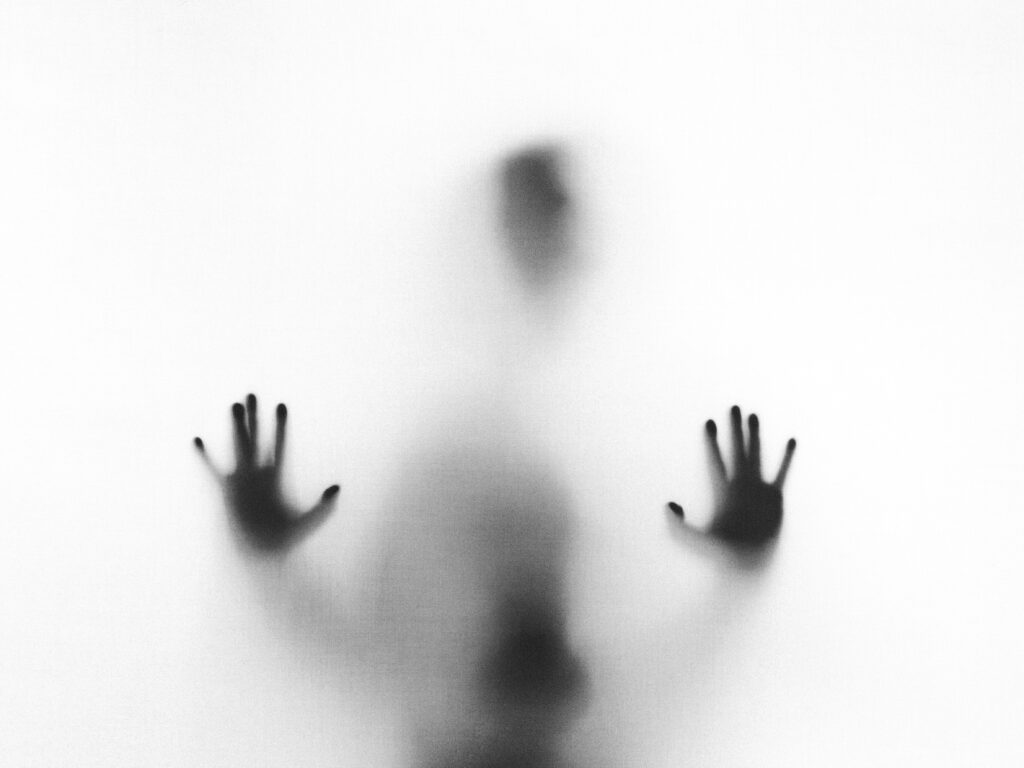Last Updated on February 19, 2024
Embarking on the journey to understand your anxiety level is the first step towards reclaiming control over your emotional well-being. This comprehensive guide is designed to illuminate the multifaceted nature of anxiety, from its roots in our basic human responses to the complex ways it manifests in our daily lives.
Whether you’re grappling with fleeting worries or navigating the challenges of an anxiety disorder, this guide offers expert insights, practical strategies, and a compassionate understanding of what it means to live with anxiety. Join us as we explore the essentials of anxiety levels, their impact on life, and the empowering tools available for managing and reducing anxiety effectively.
This guide is not just about understanding anxiety; it’s about equipping you with the knowledge and skills to lead a more balanced, fulfilling life.
Navigating Through Your Anxiety Level with Expert Insights
Navigating through your anxiety level with expert insights begins with understanding the fundamental differences between fear and anxiety. Fear is a primary emotion that prepares our bodies for fight or flight in the face of real danger. It is an immediate response to a present threat, and once the danger passes, so does the fear.
On the other hand, anxiety is a concern for future events, stemming from the anticipation of potentially unpleasant occurrences. Unlike fear, the danger in anxiety is perceived rather than real, and the feeling is oriented towards the future. This anticipation can lead to a prolonged state of apprehension, as the body remains in a heightened state of readiness for avoidance, even when the perceived threat is no longer present.
Anxiety, therefore, can be described as a complex and uncomfortable feeling of dread, fear, tension, and insecurity, accompanied by the activation of the autonomic nervous system. Recognizing the distinction between fear and anxiety is crucial in understanding your anxiety level and beginning the journey toward managing it effectively. By acknowledging that anxiety often involves an exaggerated response to an imagined future threat, we can start to employ strategies to navigate and mitigate these feelings, ensuring they don’t overwhelm our daily lives.
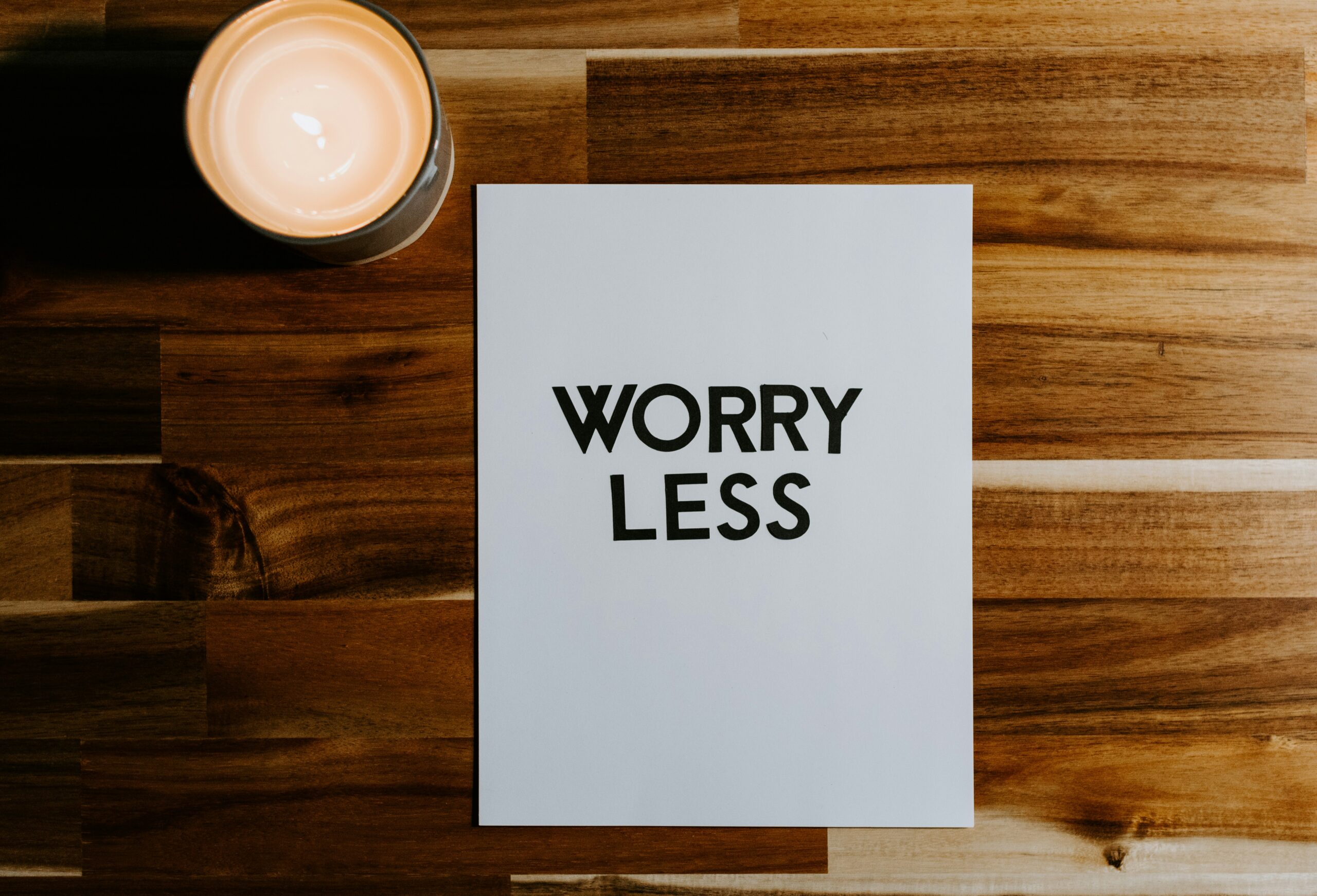
Defining Anxiety Level: The Basics
Recognizing the distinction between normal and pathological anxiety is crucial for navigating through your anxiety levels effectively.
Normal Anxiety: A Necessary Adaptive Function
Normal anxiety is a part of everyday life, serving motivational and adaptive purposes. It makes us more cautious, encourages reflection and planning, and enables us to foresee and protect ourselves from potential dangers, thus driving us into action for problem-solving.
Without normal anxiety, our survival could be at risk, as it is the ability to recognize danger and prepare for defense or escape that has historically ensured survival. Moderate anxiety also fosters responsibility and motivation, especially in situations like exams, where optimal performance is often achieved at moderate anxiety levels.
Pathological Anxiety: When Anxiety Takes Control
Pathological anxiety, however, arises without real danger or continues long after a stressful situation has passed, disrupting daily functioning and becoming uncontrollable. It pervades the individual with a painful discomfort and bodily tension, making reactions difficult. The line between normal and pathological anxiety can be blurry, but a key difference lies in control; with normal anxiety, the person controls the anxiety, while with pathological anxiety, it controls the person.
Anxiety as a Continuum
Anxiety should be viewed on a continuum, with normal anxiety on one end and pathological anxiety, present in almost all psychopathological disorders, on the other. In anxiety disorders, anxiety dominates the clinical picture, whereas in other disorders like schizophrenia, paranoid disorder, and depression, it appears as a secondary symptom.
The Manifestation of an Anxiety Episode
An anxiety episode affects all body systems, showing physiological symptoms like sweating, increased heart rate, and hyperventilation; cognitive symptoms where thoughts revolve around “danger”; motivational symptoms urging escape; emotional symptoms of discomfort and dread; and behavioral symptoms like speech difficulties and sighing. Everyone has a characteristic level of anxiety, which is a biological trait dependent on the functioning of the autonomic nervous system and can vary in intensity, not being constant and often worsening on hot days or after experiencing pain or significant stress.
The Key to Anxiety: Anticipation of Danger
Anticipating danger is central to anxiety, making it a complex and fundamentally unpleasant emotion that can significantly disrupt the functioning of those who struggle to cope with it. Some individuals are born with a more sensitive (reactive) nervous system, predisposing them to anxiety disorders. Everything that is of personal significance can trigger anxiety, including social circles, material resources, physical well-being, significant others, success, etc. When faced with “danger,” the anxious individual’s instinct is to flee, and avoidance provides temporary relief, reinforcing and intensifying the anxiety.
In the next section, we will delve into the epidemiology of anxiety disorders, shed light on their prevalence and demographics, and continue to explore the different types of anxiety disorders and their symptoms.
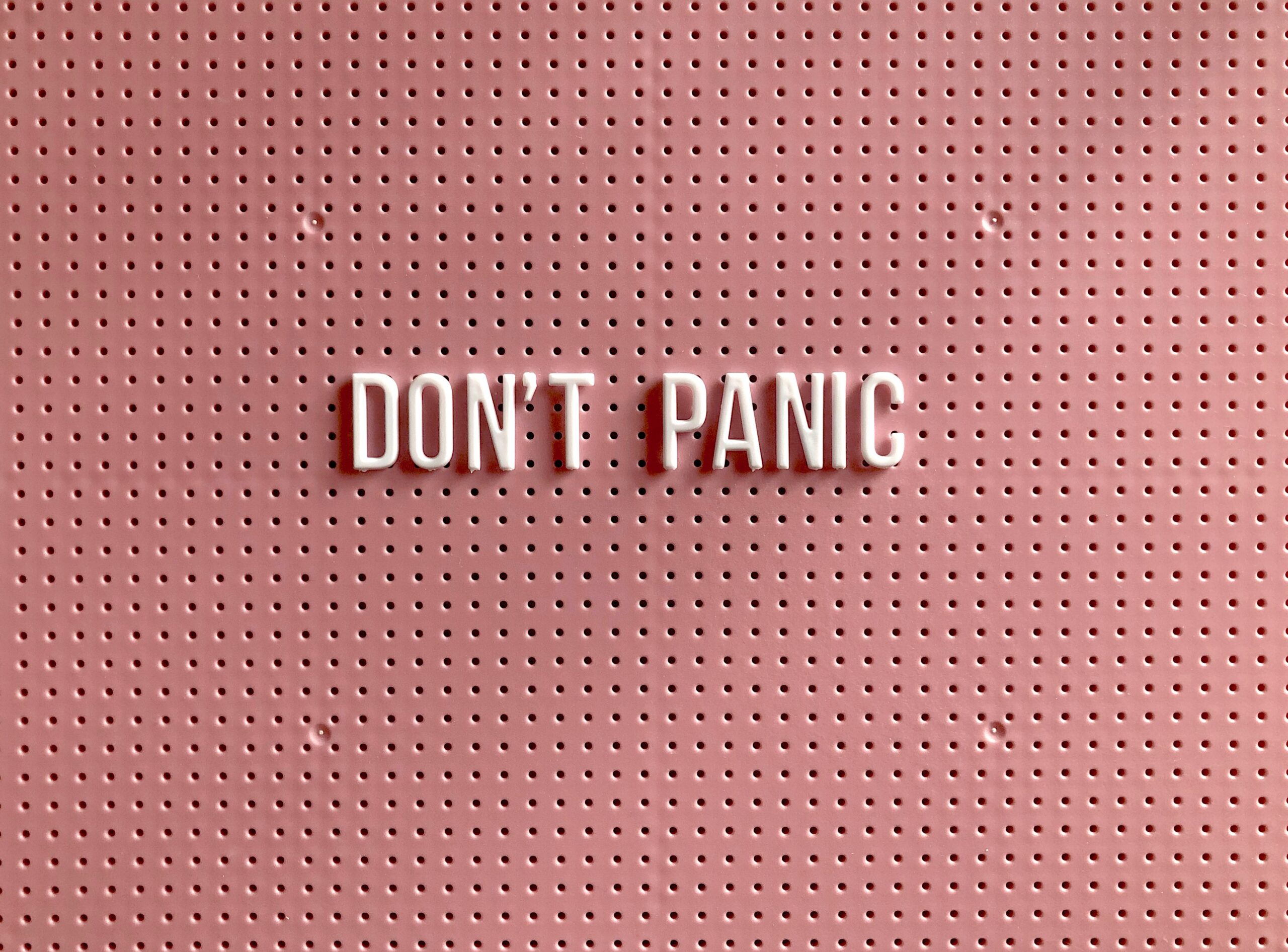
Epidemiology of Anxiety Disorders
Anxiety disorders stand as the most common psychological condition, affecting a significant portion of the population and presenting a major public health concern. Studies, such as those conducted by Robins and Regier in 1991, indicate that approximately 8% of the population suffers from some form of anxiety disorder at any given time. The lifetime prevalence, or the percentage of individuals who will experience an anxiety disorder at some point in their lives, is around 15%.
Despite the high prevalence, only a quarter of those affected seek professional psychological help. The majority, three-quarters of individuals with anxiety disorders, tend to seek help from general physicians rather than mental health professionals, often under the assumption that their symptoms are indicative of a physical illness. For instance, individuals with panic disorders frequently consult cardiologists or emergency medicine doctors, while those with obsessive-compulsive disorder might not recognize their behaviors as being driven by anxiety, instead seeing themselves as merely clean and orderly.
Gender plays a significant role in the prevalence of anxiety disorders, with women being more commonly affected than men. However, it is noteworthy that men are more likely to seek help for their symptoms. Anxiety is also a common comorbid symptom in almost all psychological disorders, except for certain personality disorders.
The occurrence of anxiety disorders spans all ages but is less common after the age of 40, with notable exceptions like Post-Traumatic Stress Disorder (PTSD) or anxiety related to organic diseases such as cancer or the aftermath of significant surgical procedures. PTSD is particularly unique as its onset is directly tied to external traumatic events, distinguishing it from other anxiety disorders where the cause might not be as clear-cut.
Anxiety as a response to severe illness or medical intervention is an adaptive reaction to abnormal life circumstances, highlighting the complex interplay between psychological and physiological factors in the development and experience of anxiety disorders.
This understanding of the epidemiology of anxiety disorders underscores the need for increased awareness, early detection, and access to appropriate care to address the widespread impact of these conditions on individuals and society as a whole.
Types of Anxiety Disorders and Their Symptoms
Anxiety disorders encompass a range of conditions, each with its unique set of symptoms and challenges. Understanding these disorders is crucial for effective management and treatment. According to the DSM-V, the main types of anxiety disorders include:
- Specific Phobias: Intense, irrational fears of specific objects or situations, such as heights, spiders, or flying, that lead to significant avoidance behavior.
- Generalized Anxiety Disorder (GAD): Characterized by persistent and excessive worry about various aspects of life, including work, health, or finances, often without a specific cause.
- Panic Disorder: Involves sudden and repeated attacks of intense fear or discomfort, known as panic attacks, accompanied by physical symptoms like heart palpitations, chest pain, or shortness of breath.
- Agoraphobia: An anxiety disorder where individuals are intensely afraid and typically avoid places or situations that might trigger panic, leaving them feeling trapped, powerless, or ashamed.
- Selective mutism: Manifests as a persistent inability of children to speak in specific social situations, like at school, where they are expected to talk, despite being able to communicate in more secure environments, such as home with family. This condition can significantly disrupt educational, work, and social activities.
- Separation anxiety disorder: Seen in children and is marked by excessive anxiety for their developmental stage, specifically concerning separation from parents or caregiver figures.
- Social anxiety disorder: Also known as social phobia, is characterized by severe anxiety, trepidation, and evasion of social interactions due to potential embarrassment, self-awareness, and the fear of being negatively evaluated or perceived by others.
- Substance-induced anxiety disorder: Arises from intense anxiety or panic attacks directly caused by drug misuse, medication intake, exposure to toxic substances, or the withdrawal process from drugs.
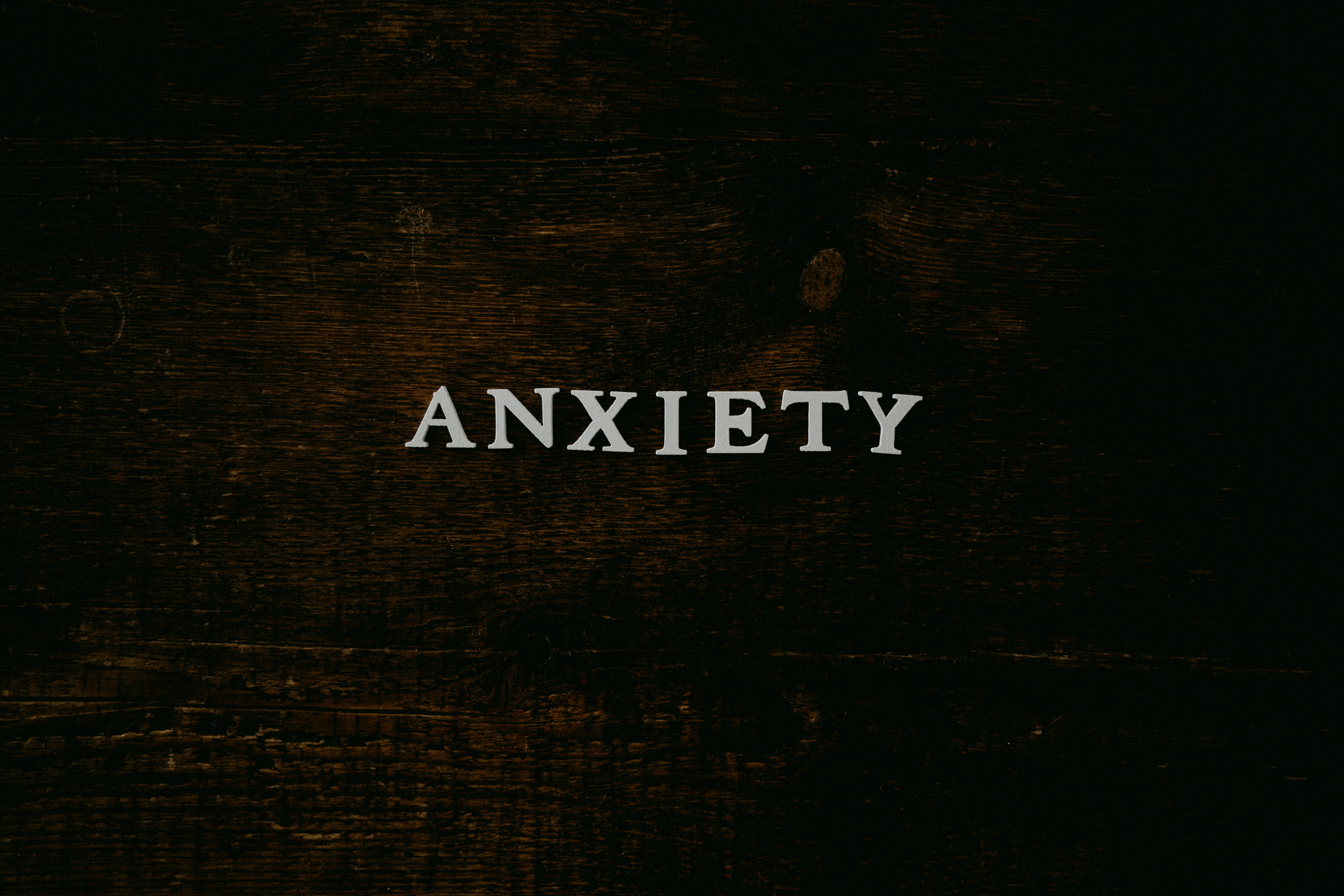
Cognitive-Behavioral Approach to Anxiety
Research indicates that cognitive-behavioral therapy (CBT) can alter brain metabolism, similar to the effect of medication, suggesting that changing thought patterns can affect brain chemistry and vice versa. In cases of severe anxiety, anxiolytics may be prescribed to reduce symptoms and facilitate engagement in psychotherapy, often resulting in shorter therapy duration.
Anxiety symptoms reflect unrealistic perceptions of danger and learned avoidance behaviors. Anxious individuals often harbor continuous thoughts about potential threats and adopt avoidance behaviors towards situations perceived as dangerous. They view the world as a perilous place and themselves as vulnerable, leading to avoidance of “dangerous” situations, which brings temporary relief but reinforces the avoidance behavior, increasing vulnerability.
Understanding Anxiety: How Our Behaviors and Thoughts Shape Our Fears
When it comes to anxiety, there are a few key ways our behaviors and thoughts can either create or worsen our fears:
- Learning to Avoid: Sometimes, we start feeling anxious because we’ve learned to connect harmless things with scary outcomes. It’s like when a normal situation starts making you nervous because it once led to something uncomfortable or frightening.
- Copying Fears: Believe it or not, we can actually “catch” fears from others. If we see someone else afraid of something, or if someone tells us we should be scared of it, we might start feeling the same way.
- Fear through Rewards: This might sound strange, but sometimes we keep being afraid of something because, in a way, it pays off. This can happen when we get extra attention for our fears or when avoiding what scares us makes us feel safer.
Now, let’s talk about how our thoughts play into this:
Our brains are powerful, but sometimes they can lead us astray, especially when it comes to anxiety. We might start thinking that something bad is more likely to happen than it is, or we might not give ourselves enough credit for being able to handle tough situations. It’s like our minds are tricking us into feeling more scared than we need to be.
Each type of anxiety has its own set of thought traps that can keep the fear going. But the good news is, that once we understand how our actions and thoughts are shaping our fears, we can start to change them. With the right help and strategies, we can learn to manage our anxiety better, feeling more in control and less overwhelmed by our fears.
The Cognitive-Behavioral Approach to Managing Anxiety Levels
Cognitive-behavioral therapy (CBT) is a highly effective treatment for anxiety disorders, addressing the interconnectedness of thoughts, behaviors, and emotions. This therapeutic approach operates on the premise that changing maladaptive thoughts and behaviors can significantly improve emotional well-being.
Comprehensive Treatment Approach
CBT targets all levels of the anxiety experience, from physiological sensations to complex thought patterns and behaviors. By altering any component within this system, corresponding changes can be observed in the other components, leading to a reduction in anxiety levels.
Behavioral and Cognitive Interventions
The behavioral aspect of CBT focuses on modifying actions to reduce avoidance and fear responses, while the cognitive aspect aims to alter distorted and negative thought patterns that contribute to anxiety. The ultimate goal of both is to change maladaptive behaviors.
Direct Impact on Emotions
Though emotions are more resistant to direct change, CBT indirectly influences emotional responses by targeting thoughts and behaviors. This approach is symptomatic, focusing on current issues rather than delving into deep-seated personality traits.
Control and Functionality
Anxiety often stems from a need to control situations. CBT helps distinguish between the need for control as a personality trait and situational responses, guiding individuals to manage or eliminate unnecessary control needs. The functionality of thoughts and behaviors is also assessed, determining whether they enable the individual to control their anxiety or if the anxiety controls them.
CBT Techniques and Levels of Intervention
- Physical Sensations: Techniques such as relaxation exercises and attention diversion help manage the physiological symptoms of anxiety.
- Cognitive Level: Cognitive restructuring and the use of thought diaries help identify and challenge dysfunctional thoughts while coping skills training enhances problem-solving abilities.
- Behavioral Level: Exposure therapy, either imaginative or in vivo, and systematic desensitization are used to gradually reduce avoidance behaviors and fear responses.
- Emotional Level: Techniques for accepting anxiety, increasing tolerance to distress, and distraction methods help manage emotional responses.
- Phobias: Often treated with behavioral techniques due to their specific assumptions and core beliefs, making them relatively easier to address.
Addressing Perfectionism
Many individuals with anxiety disorders exhibit perfectionistic tendencies, deriving satisfaction only from achievements. Part of CBT involves broadening this narrow focus to include finding pleasure and contentment in various life aspects beyond mere accomplishments.
By employing these targeted interventions, CBT effectively reduces anxiety symptoms, empowers individuals to change detrimental patterns, and enhances overall quality of life.
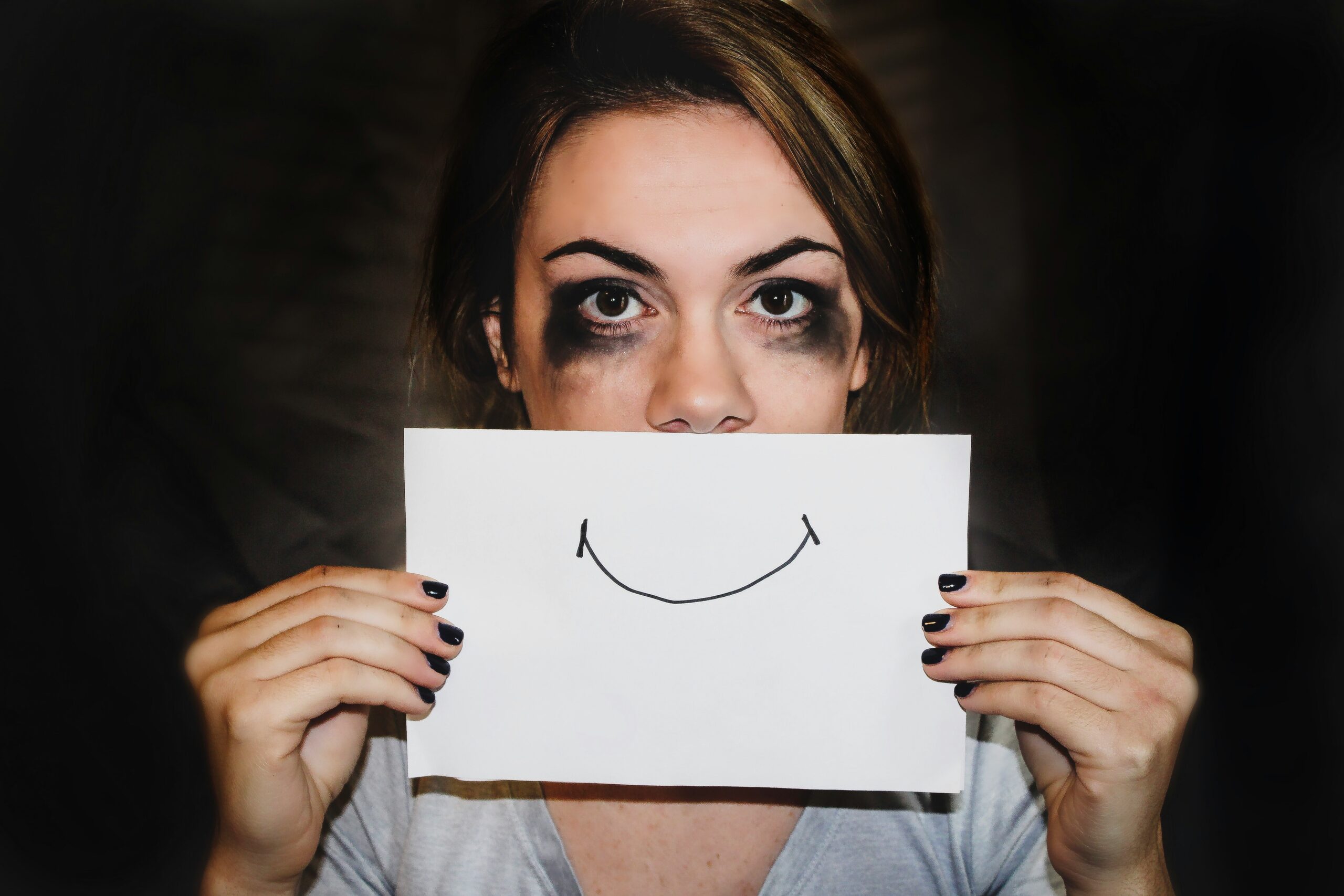
Practical Tools and Techniques for Anxiety Level Reduction
Managing anxiety levels in daily life involves a combination of practical tools and techniques that individuals can employ to reduce symptoms and enhance their ability to cope with stressors. These strategies not only provide immediate relief but also contribute to long-term resilience against anxiety.
- Breathing Exercises: Deep breathing techniques, such as diaphragmatic breathing or the 4-7-8 method, can help calm the nervous system and reduce the physical symptoms of anxiety. By focusing on slow, deep breaths, individuals can shift their body’s response away from the fight-or-flight reaction.
- Mindfulness and Meditation: Practicing mindfulness and meditation can increase awareness of the present moment, reducing the tendency to ruminate on past events or worry about the future. Apps and online resources can guide beginners through these practices.
- Physical Activity: Regular exercise, whether it’s a structured workout, a walk in the park, or yoga, can significantly decrease anxiety levels. Physical activity releases endorphins, which are natural mood lifters and can also serve as a distraction from anxious thoughts.
- Sleep Hygiene: Improving sleep quality can have a profound effect on anxiety levels. Establishing a regular sleep schedule, creating a comfortable sleep environment, and avoiding stimulants before bedtime can enhance sleep and, in turn, reduce anxiety.
- Healthy Nutrition: A balanced diet can impact mental health. Avoiding excessive caffeine and sugar, which can exacerbate anxiety symptoms, and incorporating a variety of nutrients can support overall well-being.
- Setting Boundaries: Learning to say no and setting healthy boundaries in personal and professional life can reduce stress and prevent over-commitment, which often leads to anxiety.
- Time Management: Effective time management, including prioritizing tasks, breaking down large projects into manageable steps, and allowing for breaks, can help reduce the overwhelm that often triggers anxiety.
- Social Support: Building and maintaining a support network of friends, family, or support groups can provide emotional comfort and practical advice when dealing with anxiety.
- Journaling: Writing down thoughts and feelings can be a therapeutic way to process emotions and identify triggers of anxiety, allowing for more effective management strategies.
- Professional Help: Seeking guidance from a therapist or counselor can provide personalized strategies for managing anxiety and addressing underlying issues.
Conclusion
Anxiety is a multifaceted condition that affects individuals differently, making a one-size-fits-all approach to management impractical. By integrating a variety of practical tools and techniques into daily routines, individuals can find effective ways to reduce anxiety levels and improve their quality of life. It’s important to remember that while these strategies can provide significant relief, professional help should be sought when anxiety becomes overwhelming or interferes with daily functioning. With the right support and self-care practices, managing anxiety becomes a more attainable goal, leading to a more balanced and fulfilling life.
